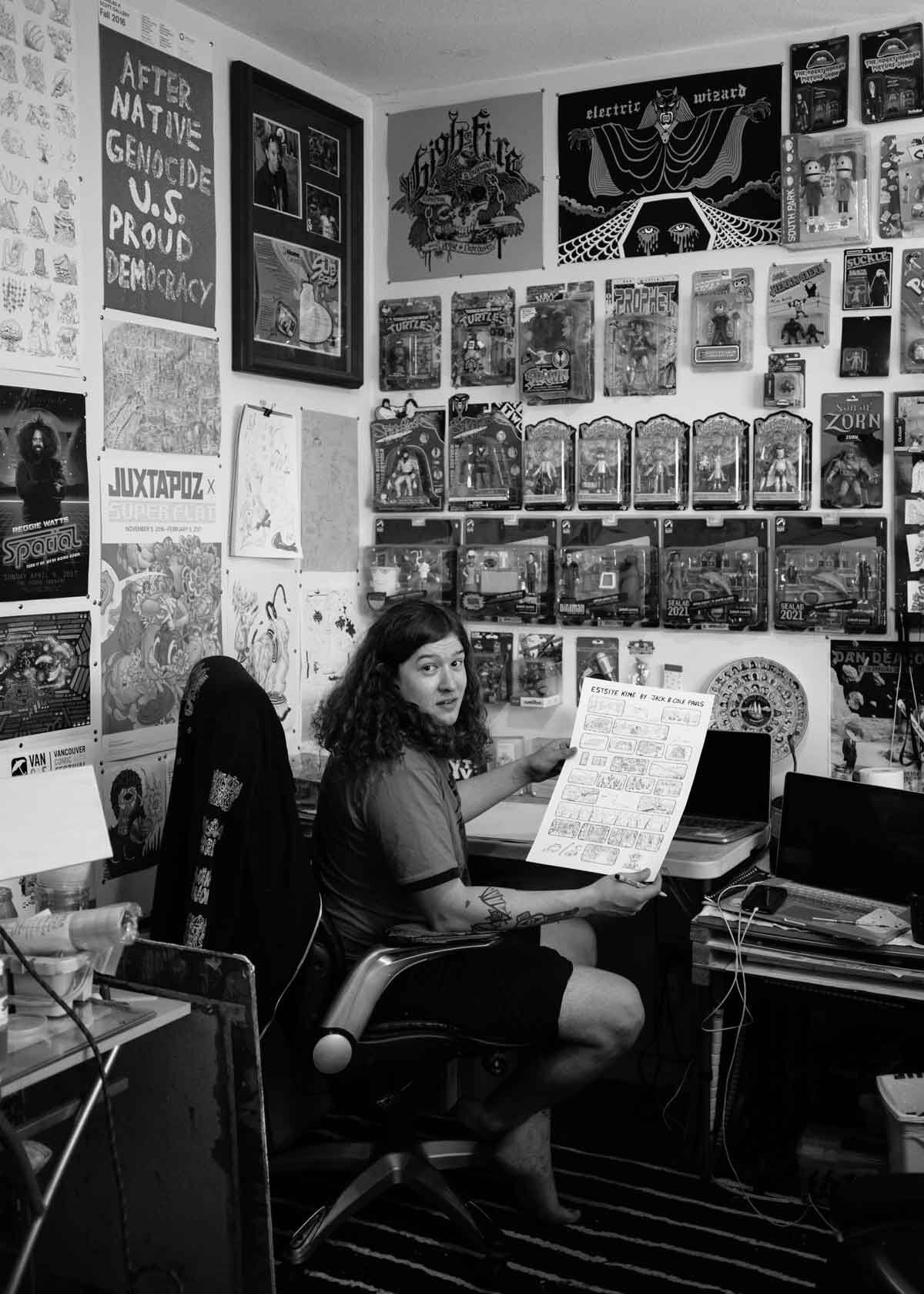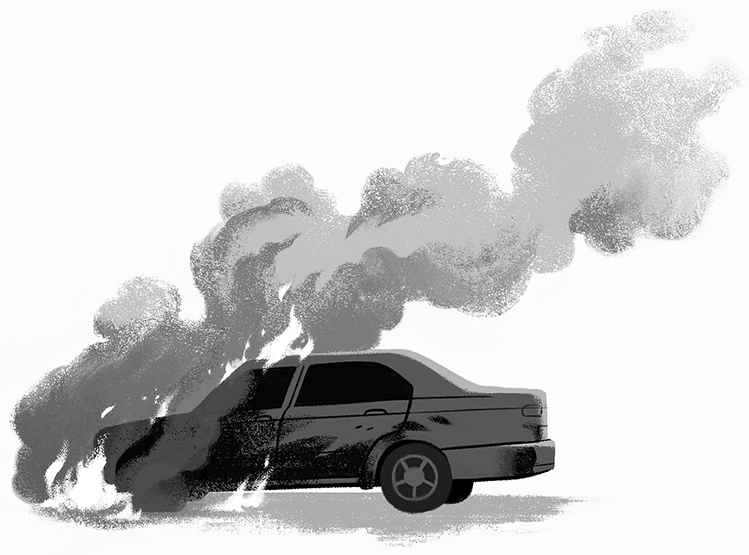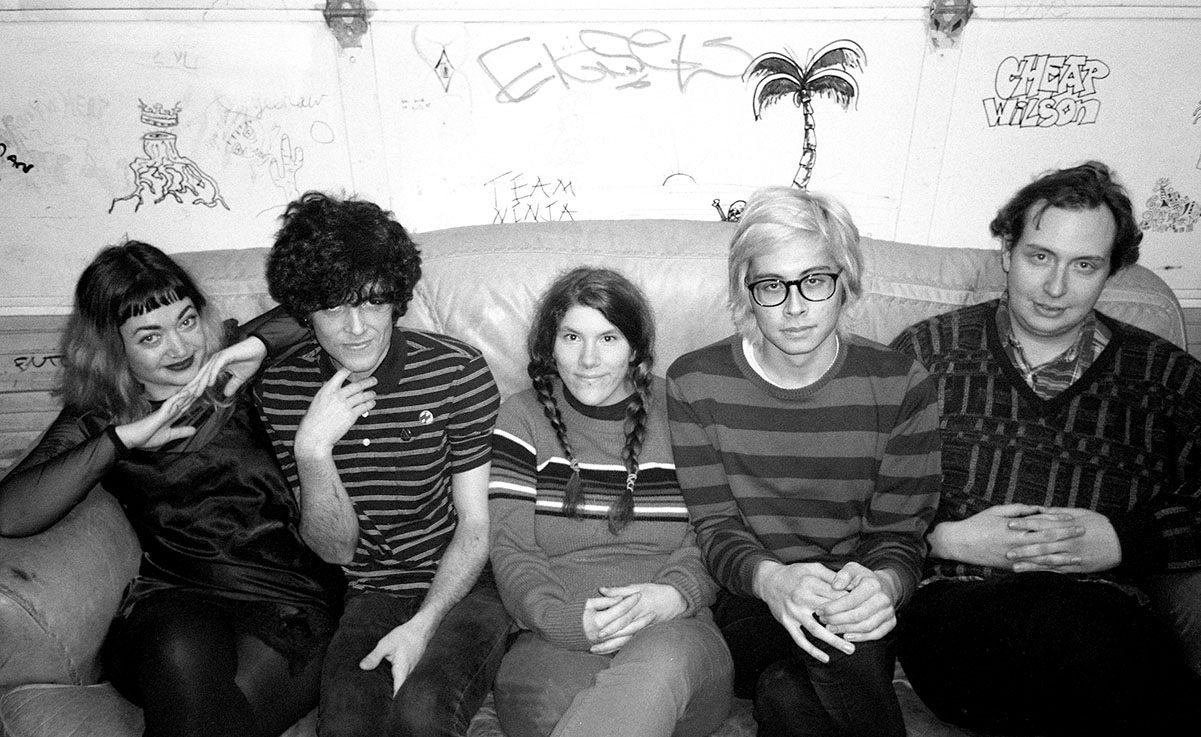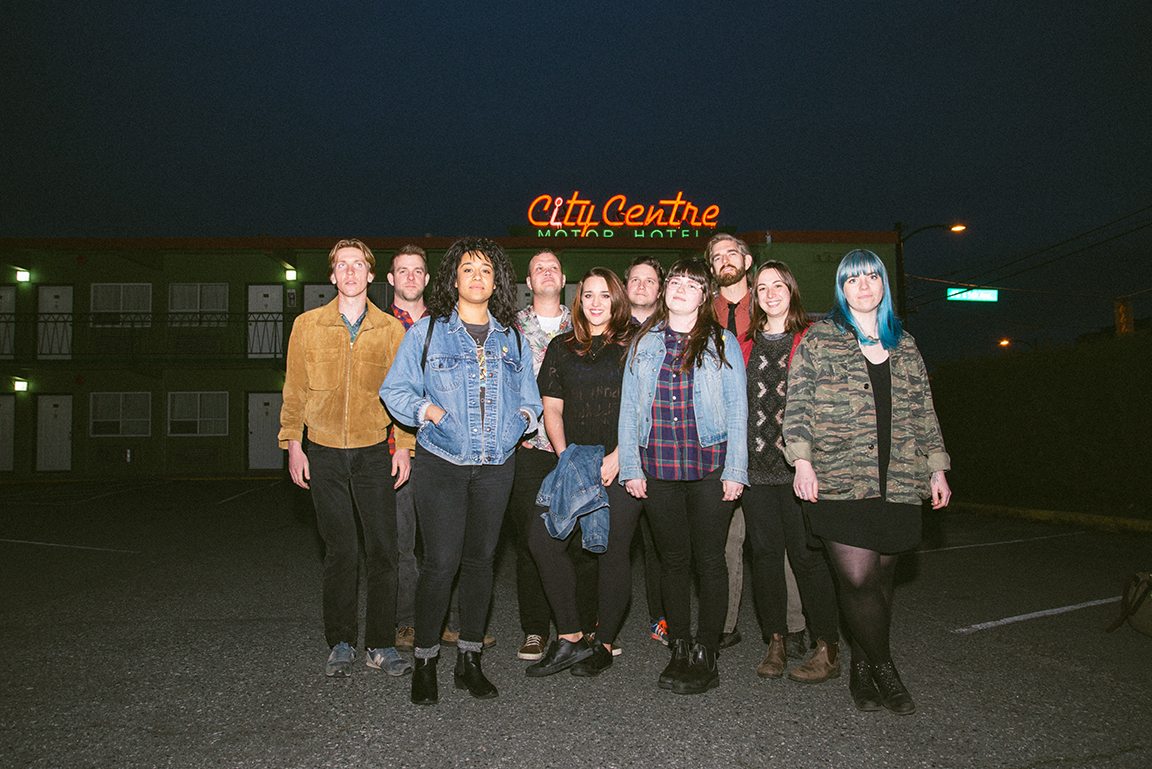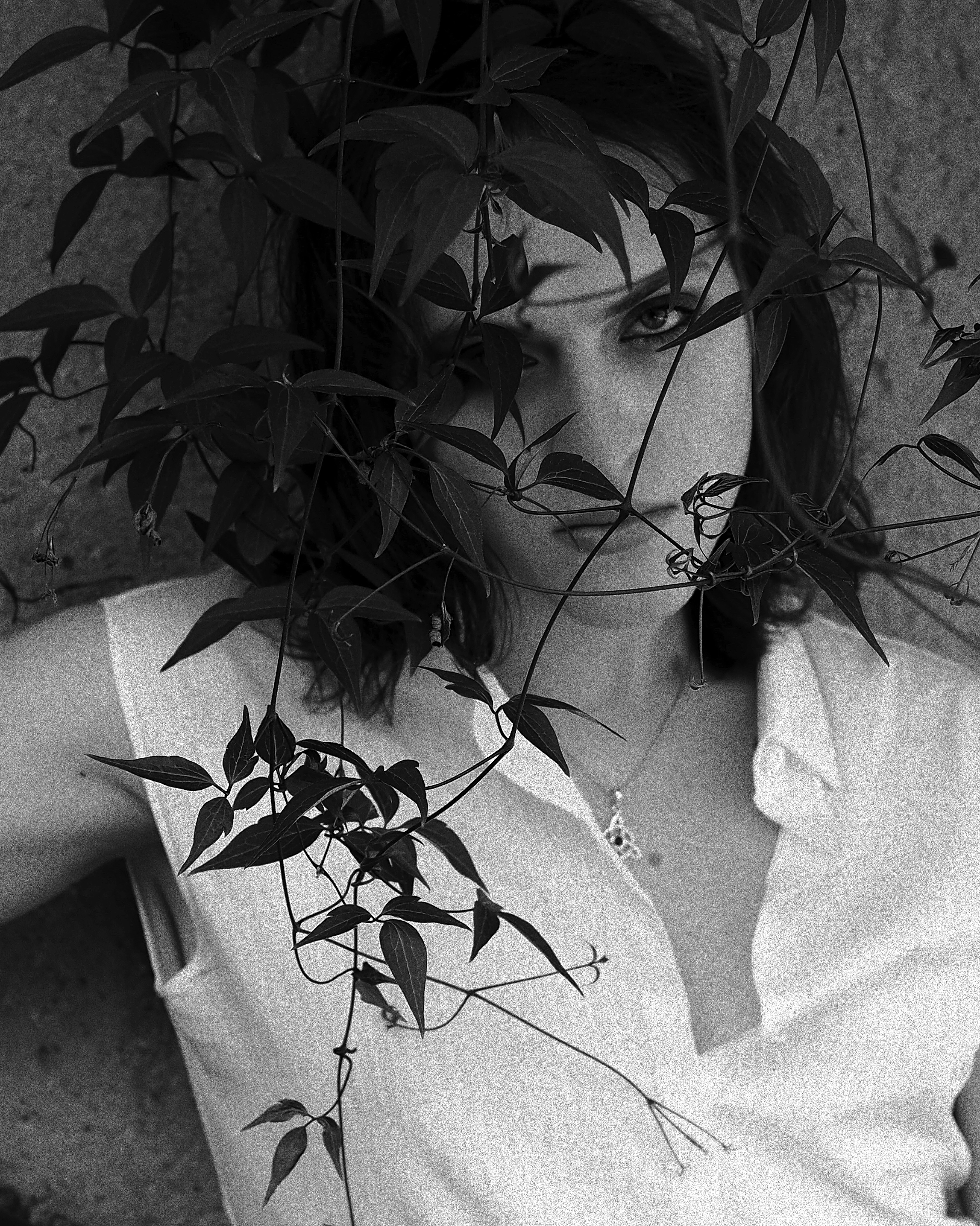If you could write somebody into existence, a superhero per se, who would they be? Your experiences undeniably inform the paths of your imagination, so it could be fair to assume that you would envision someone who reflects your experiences upon earth.
In Cole Pauls’ comics and illustrations, we see both a reflection and a projection. An orchestrator of superheroes in his own right, Pauls transcribes stories onto paper, and beyond.
Cole Pauls comics are stylistically and intellectually complex, weaving in cultural and linguistic context with his own punk flare. “I’m really influenced by underground and indie comics, but I’m also really guided by my culture and heritage” expresses Pauls. Cole Pauls is Tahltan but grew up on Southern Tutchone territory in the town of Haines Junction, Yukon and is a Champagne Aishihik citizen. The artist and story-teller imagined his destiny into existence during his earliest years of grade school.
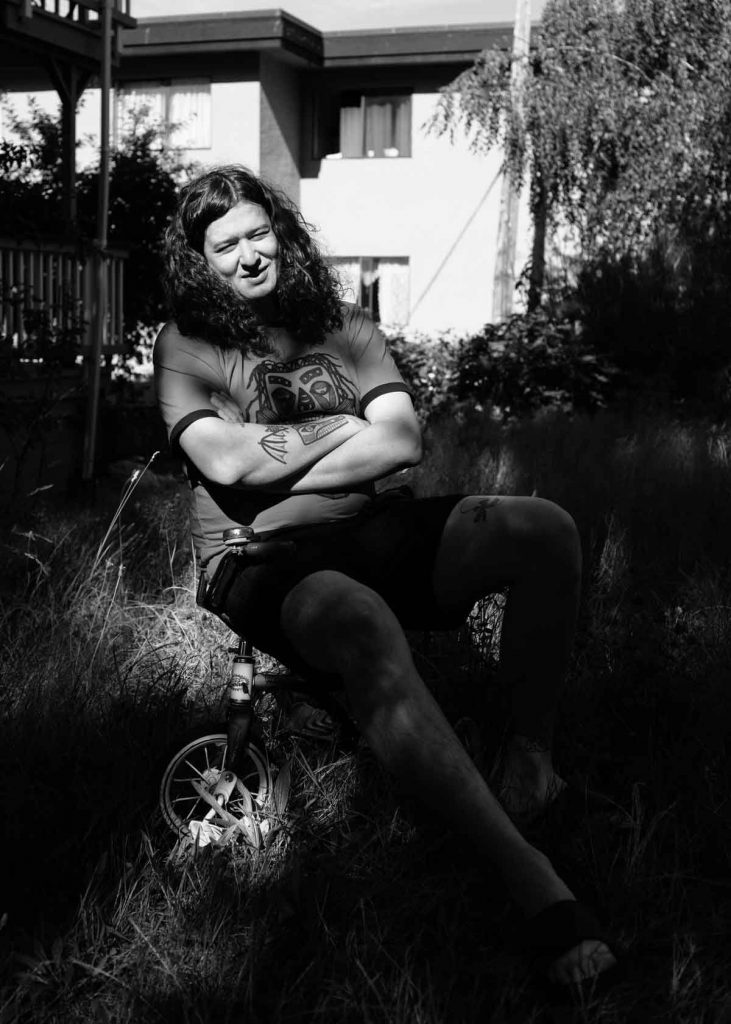
“I wanted to be a comic artist since I was in kindergarten,” expresses Pauls. It all started when Paul’s mother, who was adopted, reunited with her biological family. “When I was six, I met my mom’s biological brother, who was a comic artist and worked in the video game industry,” explains Pauls. “He had a career based off just drawing, and that was my first introduction to believing that I could actually be a professional artist.” Cole Pauls has been practicing his own brand of Indigenous futurism since then.
Envisioning himself and his community in the future is a recurring theme in Pauls’ work. His connection to his home and language has been a major influence throughout his creative practice. Cole Pauls gives credit to a work in particular that inspired him to dedicate his practice to his community and culture.
“There’s this one book that I read as a child that I was obsessed with called Alsek’s ABC’s,” Pauls says excitedly. “The story is an alphabet book of hunting in the Alsek Valley, where an Indigenous teenager goes hunting with her brother, looking for a moose” he explains. “I couldn’t believe there’s an actual book about my hometown” says Pauls.
“When I became a practicing artist I decided I should make a book that could make myself feel that way again.” Pauls expresses. When considering the audience for his book, Dakwäkãda Warriors, Pauls explains: “I made my book for Yukon Indigenous Youth as a learning tool and a way for them to see themselves in media. I wanted to give them the same feeling I had with The Alsek ABC’s.”
Through observing both the success of his Uncle’s artistic career, alongside his experience with The Alsek ABC’s, the groundwork for Pauls future endeavours was laid. In his own work, Pauls plays with Indigenous identity by contradicting stereotypes and expressing Indigenous individuality. Pauls is currently completing Dakwäkãda Warriors as a collection, which will be released in October.
The first issue of Dakwäkãda Warriors came out in 2016, telling the initial story of his trilogy. The first book follows the Indigenous youth power rangers, Ts’urki (Raven) and Aghay (Wolf), as they protect the sun from Villains Cyber Nà’į (bushman) and Kwäday Dän (long ago people). The story was inspired by Raven Steals the Sun, a creation legend belonging to Indigenous communities of the Pacific Northwest. Rather than having typical non-human superpowers, Ts’urki and Aghay’s use technology to protect their culture and language. “I didn’t want it to be like, this person has the ability to fly, because no one has that ability,” explains Pauls. “I wanted to show it could be anyone in that suit.”
Cole Pauls’ relationship to his language becomes very apparent when reading Dakwäkãda Warriors. Pauls embeds Southern Tutchone words within the comics, creating a space for learning and appreciation. “My community teaches Southern Tutchone starting in kindergarten all the way through to grade 12, so that’s what I did,” says Pauls, “my book is really accessible in the sense of how I’ve written in the language.” As you read the current edition of Dakwäkãda Warriors you are prompted to learn and absorb Southern Tutchone words, with the assistance of a glossary.
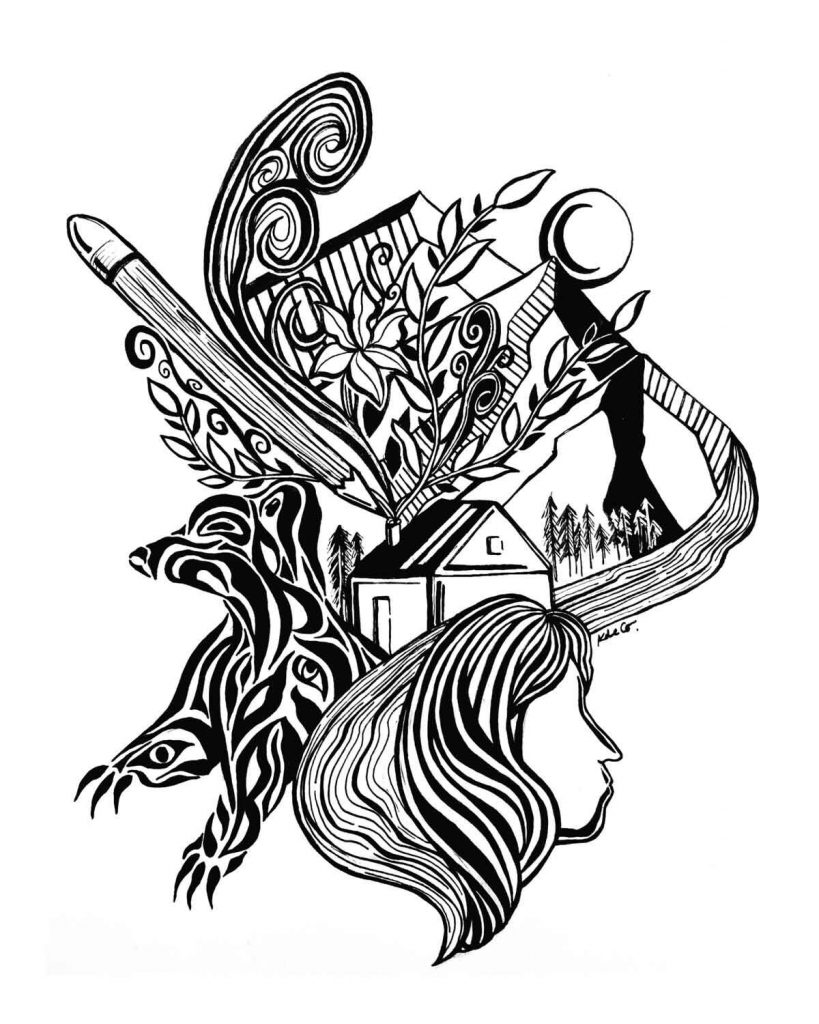
Pauls makes it very clear that he is not the first and only Indigenous comic artist. Pauls pays homage to artists such as Gord Hill who penned 500 Years of Indigenous Resistance and Micheal Nicoll Yahgulanaas who created Red: A Haida Manga. Both artists came long before Pauls, but their work is nowhere near outdated.
“When I looked more into Michael Nicoll Yahgulanaas, I found out he’d been doing comics for almost 50 years at this point,” surprised Pauls, “The grunt gallery released a collection of his called Old Growth, and there are comics he did in that book from the ’70s. He did it for the Haida newspaper and they’re all about saying fuck you to the oil tankers,” he follows. “They’re so punk but they’re also super informative, all done in form line.” prides the young artist.
It’s no doubt that the feelings of political resistance and cultural strength emitted through Michael Nicoll Yahgulanaas’ work have inspired the traditional and countercultural narratives embedded in Pauls’ comics and illustrations. The stories from the past continue to speak to the minds of today, who will tell the stories that will beam into tomorrow. The story of the Dakwäkãda Warrior is both a story and a tool for the next generation of comic artists and writers.
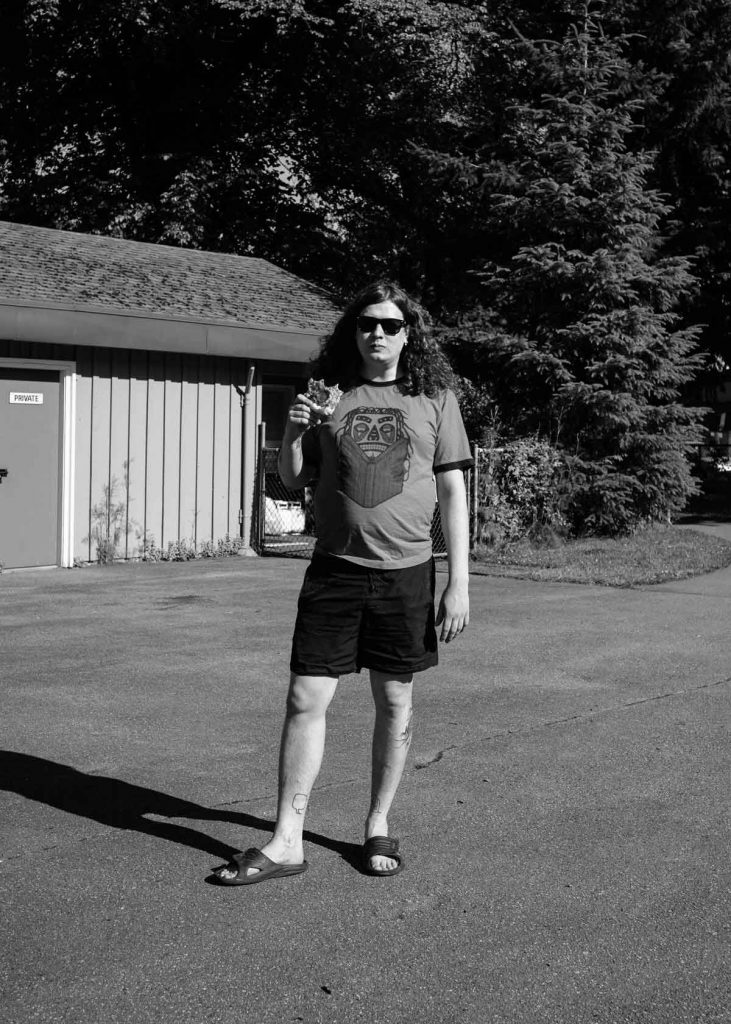
“Indigenous Futurism, to me personally, is to be able to see yourself in the future generations ahead and not accept that our culture is a thing of the past, because it is in the present and we are practicing it, and we want to continue practicing it,” explains Pauls. “I want Indigenous Youth to read my book and see themselves and their culture 1000 years from now. It’s the idea that we’re still here and we’ll be here in the future.”
*
After the release of the Dakwäkãda Warriors collection in October, Pauls will be heading on a Northern book tour. The artist has already started expanding his work beyond paperback pages, working with Cloudscape Comics on a story about the burning down of his Grandfather’s cabin. The artist has also been commissioned by the city to create a utility box. For this project, Pauls has partnered with Cease Wyss, a member of the Squamish Nation to create a series of eight mask illustrations that represent sacred plants of the Squamish Nation. You can find more work by Cole Pauls at Lucky’s books on Main Street and Spartacus Books on Commercial Drive.


